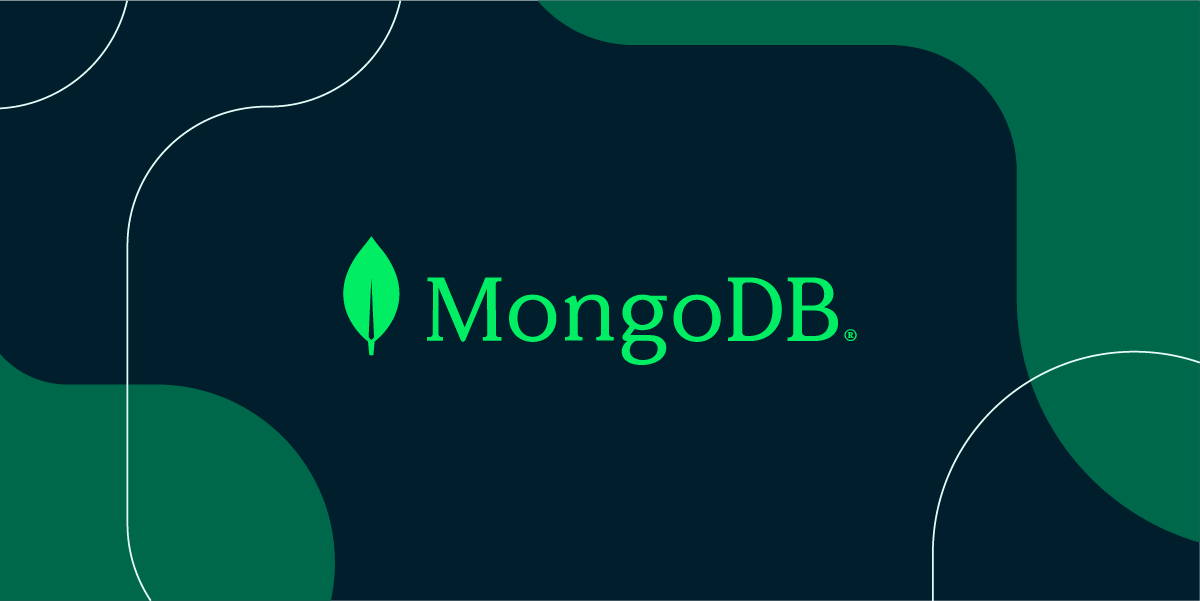Crack Your MongoDB Interview : 20 Essential Interview Questions & Answers!
 Sudhanshu Wani
Sudhanshu Wani
What is MongoDB?
Answer: MongoDB is a modern database system that stores data in a flexible format similar to JSON. It is built for scalability, speed, and developer-friendly design, making it ideal for various uses.
Explain the key features of MongoDB.
Answer: Some important features of MongoDB include:
Storing data in flexible JSON-like documents
Horizontal scaling through sharding
Automatic failover with replica sets for high availability
Advanced query language and secondary indexes
aggregation capabilities for data analysis
Flexible schema that allows dynamic data models.
What is a document in MongoDB?
Answer: In MongoDB, a document is like a row in a relational database, containing field-value pairs in a JSON-like structure.
What is a collection in MongoDB?
Answer: A collection in MongoDB is similar to a table in a relational database, storing a group of documents with flexible schemas.
Explain the concept of sharding in MongoDB.
Answer: Sharding in MongoDB involves distributing data among multiple machines in a cluster for horizontal scaling. This process partitions data into shards stored on separate servers, improving performance.
What is a replica set in MongoDB?
Answer: A replica set in MongoDB is a group of instances that hold the same data. It includes multiple nodes, with one primary node and one or more secondary nodes. Replica sets ensure high availability and automatic failover in case of node failure.
Explain the difference between a primary and a secondary node in a MongoDB replica set.
Answer:In a MongoDB replica set, the primary node manages all write operations and replication coordination. Secondary nodes replicate data from the primary node and can also handle read operations. If the primary node goes down, a secondary node will be elected as the new primary.
What is a shard key in MongoDB?
Answer: A shard key in MongoDB is a field used to partition data across shards in a sharded cluster. It determines how data is distributed among the shards and plays a significant role in data distribution.
What is indexing in MongoDB?
Answer: Indexing in MongoDB involves creating indexes on fields to enhance query performance. Indexes help MongoDB quickly find documents based on query criteria, reducing query execution time.
Explain the difference between a single-field index and a compound index in MongoDB.
Answer: A single-field index is created on one field in a document, while a compound index is created on multiple fields. Single-field indexes are best for queries targeting one field, while compound indexes are ideal for queries involving multiple fields.
What is the significance of the
explain()method in MongoDB?Answer: The explain() method in MongoDB offers details on the query execution plan, such as the indexes chosen by the query optimizer, the number of documents reviewed, and the execution time. This method assists developers in optimizing query performance by identifying inefficiencies.
Explain the concept of aggregation pipelines in MongoDB.
Answer: In MongoDB, aggregation pipelines help you process and modify data through a series of stages. Each stage carries out a particular function on the input documents and passes the output to the next stage. These pipelines are handy for tasks like data analysis, aggregation, and transformation.
What is GridFS in MongoDB?
Answer: GridFS is a way of storing and accessing large files in MongoDB. It lets you store files larger than the 16 MB BSON document limit by breaking them into smaller parts and saving each part as its own document. GridFS is often used for saving binary data like images, videos, and audio files.
How does MongoDB ensure data consistency and durability?
Answer: MongoDB makes sure that data is consistent and durable by using replication and write concern. Replication involves keeping multiple copies of data across replica set nodes to ensure availability and fault tolerance. Write concern allows developers to specify the level of acknowledgment needed for write operations to guarantee data durability.
Explain the
mongodumpandmongorestorecommands in MongoDB.Answer: In MongoDB, the mongodump command is used to create a binary export of a database's contents. It generates a binary dump file that includes data and index information. The mongorestore command, on the other hand, is used to recover data from a binary dump file created with mongodump. It reads the file and restores the data to a MongoDB database.
What is TTL (Time-To-Live) in MongoDB?
Answer: In MongoDB, TTL (Time-To-Live) is a helpful feature that can automatically remove documents from a collection after a certain amount of time. This feature is great for managing data with a short lifespan, like session data, temporary data, or cached data
Explain the concept of transactions in MongoDB.
Answer: Transactions in MongoDB are a powerful tool that allow you to execute multiple operations on multiple documents in one atomic operation. This means that all operations in the transaction either happen completely or not at all, which helps maintain data consistency. MongoDB supports multi-document transactions for replica sets and sharded clusters.
What are the best practices for schema design in MongoDB?
Answer: When designing schemas in MongoDB, it is recommended to follow these best practices:
1. Improve query performance by denormalizing data.
2. Represent relationships using embedded documents and arrays.
3. Design indexes based on the application's read and write patterns.
4. Optimize queries for common access patterns.
5. Design the schema with scalability and data growth in mind.
How do you handle schema migrations in MongoDB?
Answer: When using MongoDB, schema migrations are necessary to make sure collections can support new application requirements. Some ways to handle schema migrations are:
Using versioning or migration scripts to keep track of changes.
Doing migrations when there is less activity to reduce downtime.
Testing migrations in a staging area before rolling them out to the live environment.
Informing stakeholders and users about schema changes for a seamless transition.
What are the advantages and disadvantages of using MongoDB compared to relational databases?
Answer: MongoDB has several advantages over relational databases:
1. Schema flexibility: MongoDB allows for dynamic data models without enforcing a rigid schema.
2. Scalability: MongoDB can scale horizontally through sharding, making it ideal for large-scale applications.
3. Performance: MongoDB's document-oriented model can improve performance in certain scenarios.
However, MongoDB also has some disadvantages compared to relational databases:
1. Lack of transaction support: MongoDB's support for multi-document transactions is limited.
2. No built-in joins: MongoDB does not support traditional SQL joins, necessitating denormalization or application-level joins.
3. Maturity: While MongoDB has matured significantly, it still lags behind in certain areas.
Subscribe to my newsletter
Read articles from Sudhanshu Wani directly inside your inbox. Subscribe to the newsletter, and don't miss out.
Written by
